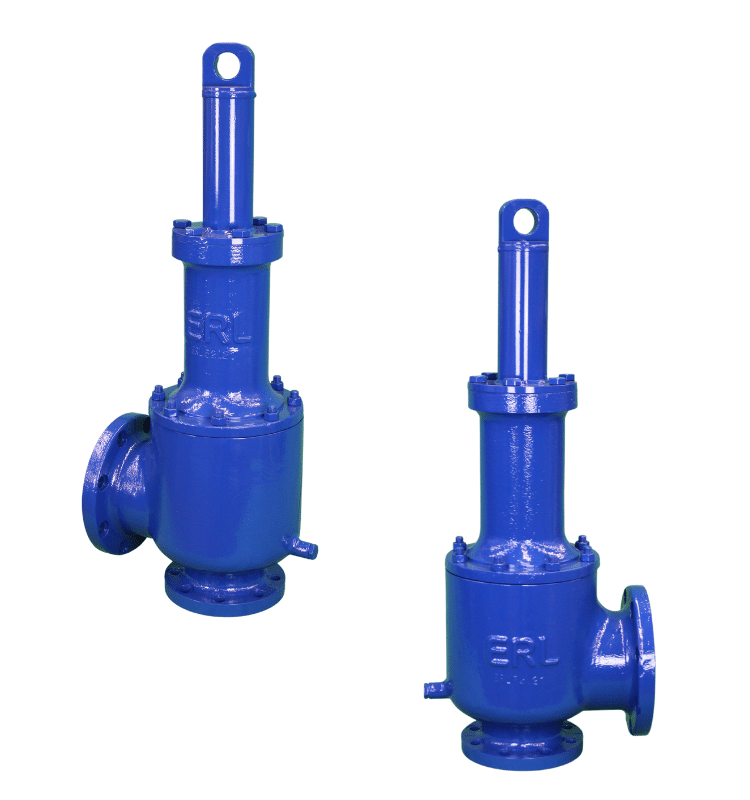Industrial valves have a shorter lifespan than you think. Not what a business owner in the marine industry wants to hear, right? You rely on valves for a variety of crucial applications. The last thing you want is to be stuck offshore with a faulty valve in need of repair. Thankfully, if your industrial valve is in trouble, it will tell you. You only need to learn how to read the signs.
Here are four red flags that your valve needs attention.
1. It’s Noisy
If you are hearing noises coming from the valve body, you are likely suffering from valve chatter. Valve chatter is the sounds made by spindle or plug vibrations.
Valve noises can have various sources. These include improper sizing, misalignment, or seat damage. These issues cause unstable pressures and results in noisy vibrations. You can also check for debris accumulation or foreign bodies.
Over time, valve chatter can wear down your valve components. This results in damage or failure.
2. It’s Leaking
No valve is designed to close completely. Yet, you don’t expect your industrial valves to exceed the acceptable limit.
Excessive valve leaks can be a product of normal wear and tear. Over time, internal components wear down and lead to improper fit.
Leaks can also be the result of more serious issues. Improper maintenance, extreme temperatures, and excessive vibration can lead to leaking. These issues reduce the capacity of the valves and increase the pressure on the sealing area. In time, it will wear out and begin releasing material.
3. It’s Jamming
If your valve is chattering or leaking, your first instinct is likely to tighten it. Proceed with caution. Over-tightening the valve packing can result in jamming. If your valve jams, it is likely due to over-torquing.
Industrial valves have specific jobs, each with its own torque. Pushing a valve past its limit will cause a jam, and it won’t function as intended.
Valves can also jam for other reasons. Corrosion problems can hinder actuation, which leads to pressure and flow issues. There can also be damage or debris on the valve body or plug.
4. It’s Failing
Sometimes parts fail.
Failure can be a result of excess wear or poor maintenance. It is sometimes caused by the reasons above: valve chatter, leakage, or jams. It could even be motor or electrical issues.
But sometimes, it’s the end of the part’s lifespan.
Industrial valves rely on actuators to open and close. If the actuator fails, the valve can no longer operate as intended. In the case of complete failure, the best solution is to replace the broken parts.
Trust Your Industrial Valve Repair With the Experts
Industrial valves may be big or small, but they are always mighty. Don’t let your valves cost you downtime and money.
If you need valve repair services, trust your ship parts with the best in the service industry.
ERL Commercial Marine Inc. is America’s leading tank barge equipment provider. We offer 24/7 tank barge field service. We also stock quality parts that ship anywhere in the U.S. in less than 12 hours.
If you need parts or service for your tank barges, contact us today. We are happy to help with your industrial valve.






